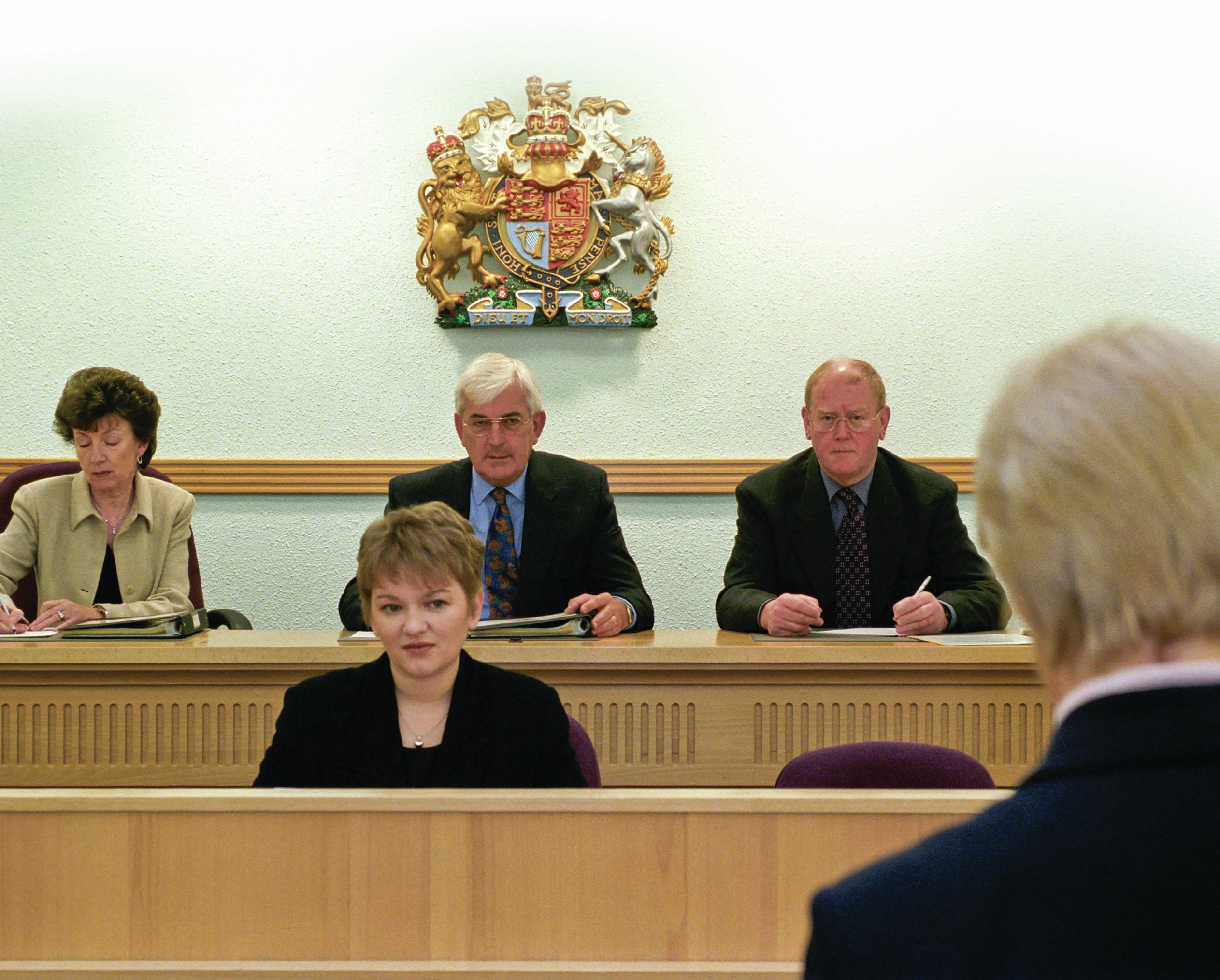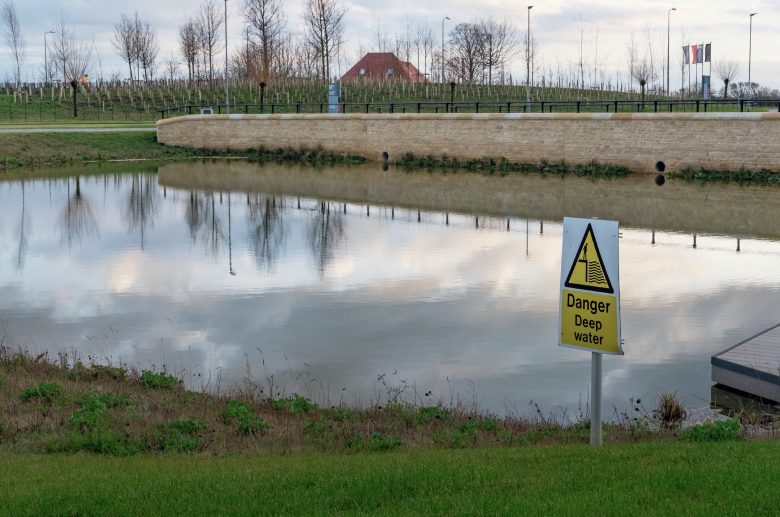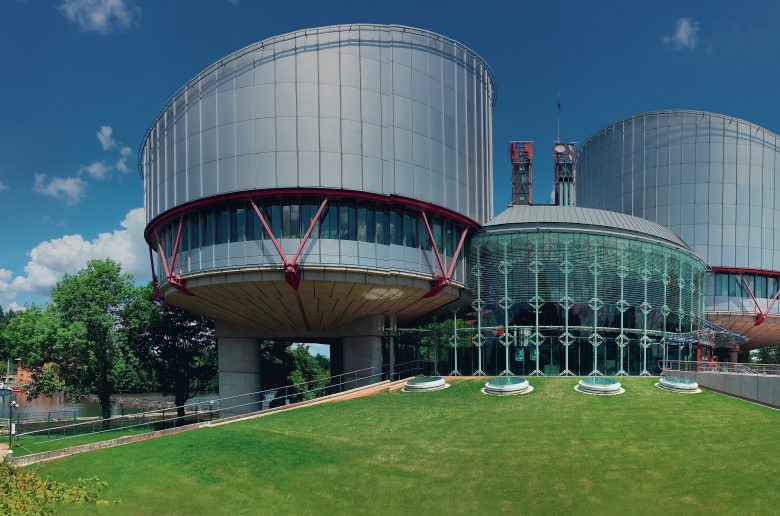
Understanding the workings of Magistrates’ Courts is an essential requirement for any law student. Many of you will visit your local Magistrates’ Court as part of your studies, which will help you realise, first hand, the range and number of cases that it deals with on a daily basis: you could see people who have been charged with anything from a minor motoring offence up to murder. A trip may also bring to your attention the different people occupied in keeping this court running. This article identifies and explains the main three types of personnel in the Magistrates’ Courts: lay magistrates (also known as ‘lay justices’), District Judges and court clerks.
The role of lay magistrate, or Justice of the Peace (JP), is a historic one and first emerged in 1195, when Richard I began to appoint knights as ‘Keepers of the Peace’, who would act to uphold the law in unruly areas of the country. Effectively, then, these original ‘magistrates’ performed more the functions of police than judges. Their powers became increasingly judicial, however, under the Justices of the Peace Act 1361, and their title was changed accordingly. Over time, their role developed beyond mere criminal jurisdiction to encompass civil and administrative responsibilities, which has included wage regulation, provision of prisons and the power to conduct marriages. However, they have been relieved of most of these roles in more recent times, with many now passed on to local councils.
Your organisation does not have access to this article.
Sign up today to give your students the edge they need to achieve their best grades with subject expertise
Subscribe




